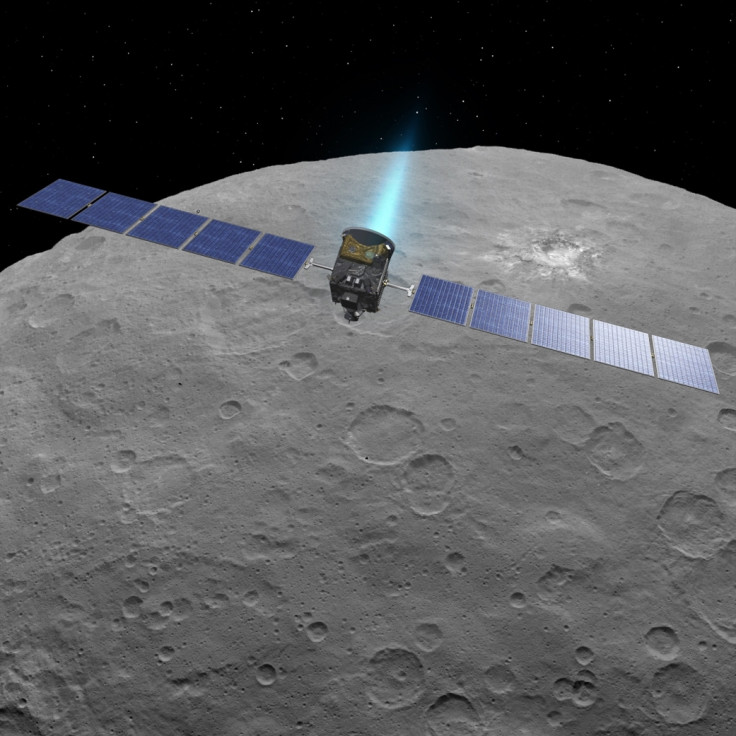Nasa extends Dawn's mission for the second time to get a closer look at dwarf planet Ceres
The space probe will manoeuvre itself into a new orbit which is closer to Ceres' surface in order to get new insights about the dwarf planet.

Nasa has extended the mission of its Dawn spacecraft in order to get more insights into Ceres, the solar system's largest dwarf planet. The space probe, which entered Ceres' orbit in 2015 after exploring giant asteroid Vesta, completed its primary mission in June 2016 and has been monitoring the mini-planet since.
However, in an effort to get a closer look at the largest object in the asteroid belt between Mars and Jupiter, the space agency has authorised a second mission extension, which would see the probe descending to lower altitudes and get more insights into the planet's surface.
Under the extended mission, Dawn's flight planners will look for ways to manoeuvre the probe into a new orbit, which would be close to Ceres' surface – approximately less than 200km from its surface. Previously, the closest approach of the probe was 385km.
After settling into its new orbit, the probe's gamma-ray and neutron spectrometers would collect data, which would help Nasa analyse the composition of the dwarf planet's uppermost layer as well as the amount of ice it contains.
Among other things, scientists will capture visible-light images of Ceres and deploy Dawn's infrared mapping spectrometer to study its mineral composition as well.
It is also worth noting that the extension of this mission ensures that Dawn will stay in Ceres' orbit during April 2018, the period in which the mini-planet will be closest to the Sun. This could help Nasa explore if the close approach vapourises the ice on the planet and leads to the formation of a thin, transient atmosphere, which was detected by the European Space Agency's (ESA) Herschel Space Observatory before Dawn's arrival.
For now, Nasa is refining the details of the plan of Dawn's final mission.
Mission planners believe that the probe will continue to operate until the second half of next year. But, unlike Cassini, Dawn will not make a death dive towards the planet and burn. It will stay indefinitely in the final planned orbit after its hydrazine fuel runs out and communications with Earth are no longer active, to avoid the possibility of contaminating Ceres' surface.





















